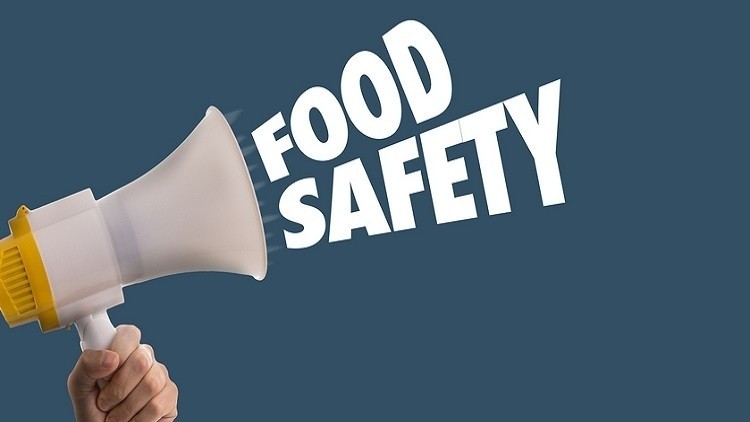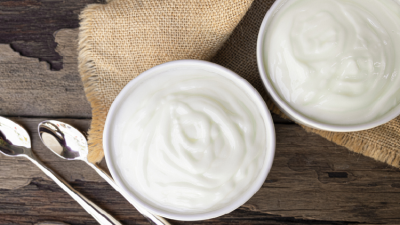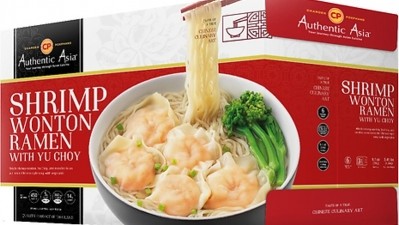Safety First: New food safety technology, food packaging COVID-19 contamination, phosphorus mismanagement and more feature in our round-up

Beyond barcodes: How CP Foods, Golden Agri, Thai Union and more are tapping new tech for safety and provenance
Major food and beverage firms in APAC, including Thai Union, CP Foods and Golden-Agri are tapping new teach beyond traditional barcodes and QR codes to ensure product authenticity, prevent adulteration and provide consumers with supply chain and origin information.
In this edition of the FNA Deep Dive, we take a close look at the rapid growth of this sector in terms of format and scale, and some of the newest options being developed.
Food safety and traceability are undeniably closely intertwined, particularly in a large region like Asia Pacific where supply chains and networks are long, complex and opportunity for untoward interference is rife.
COVID-19 contamination: Frozen food can carry virus, claims Chinese public health authority study
Frozen food from meat- and poultry-processing plants or markets can be contaminated with the COVID-19 virus, according to a new paper published by the Chinese Center for Disease Control and Prevention (CCDC).
The CCDC is an independent agency of the National Health Commission, which falls under the Ministry of Agriculture. These findings were highlighted in a study titled “Surveillance of SARS-CoV-2 Contamination in Frozen Food-Related Samples — China, July 2020 – July 2021” published in the China CDC Weekly.
The scientists collected and analysed over 55 million swabs of imported and domestic cold-chain foods and their outer or inner packaging during slaughter, production and processing, storage, transportation, and retail between July 2020 and July 2021. Environmental samples and human swabs were also collected.
Phosphorus crisis threatens food and water security, but what’s the solution?
Global mismanagement of phosphorous is threatening both water and food security, scientists warn in a major new report.
Arable crops need an average of 50-100 kg of phosphorus per hectare, according to Fertilizers Europe. This essential nutrient is important for root development.
And while it is present in organic fertilisers such as crop residues, animal manure and slurry, global agricultural production is currently dependent on the addition of mineral phosphorus, which is extracted from phosphate rock for use in crop fertilisers, livestock feeds and food additives.
Vitamin A supplementation reduces deficiency in Afghan kids – Study
Vitamin A supplementation is helping to reduce deficiency among Afghan children, with researchers recommending that all children aged six to 59 months receive supplements.
In Afghanistan, vitamin A supplementation is a key strategy to prevent deficiency among young children. Children receive vitamin A supplements as part of the National Immunization Days (NID) campaign.
“Vitamin A deficiency is a major problem. Recent history of diarrhoeal disease, reported night blindness, maternal education of fewer than nine years, and infrequent consumption of eggs, mangoes, and liver were associated with increased risk of vitamin A deficiency,” said the researchers.
Major microplastic fears: People could ingest 5,000 pieces from takeaway containers each month
Chinese consumers who order takeaway food five to 10 times monthly could ingest 145 to a staggering 5,520 pieces of microplastics due to atmospheric sediment or particles flaking from the inner container surfaces.
The most common plastic types observed were polyamide, polyurethane and polystyrene, comprising 22.8%, 18.2%, and 8.5% of the number of particles of all microplastics, respectively.












